10 Last-Minute Tax Tips to Boost Your 2019 Return
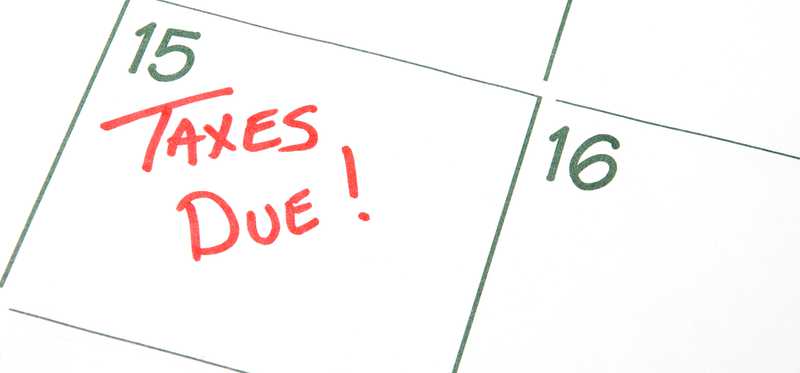
10 Last-Minute Tax Tips to Boost Your 2019 Return
Tax Day is rapidly approaching
It's official: 2018 is long gone and the IRS tax deadline is rapidly approaching. While there are only a few things you can do to lower your tax bill or boost your refund at this point, here are some suggestions to make your 2019 tax return as smooth, painless, and lucrative as possible.
Previous
Next

Max out your traditional IRA
This is the most obvious and most-referenced way to lower
your tax bill after the end of a calendar year, but it’s still worth
mentioning.
If you have a traditional IRA, you can make your contributions for the 2018 tax year until the April tax deadline. If you don’t yet have an IRA, you can even open one now and contribute retroactively for 2018, as long as your contributions are made before April 15.
For the 2018 tax year, you can contribute as much as $5,500 to a traditional IRA, and if you’re 50 or older, this jumps to $6,500. If you qualify for the traditional IRA tax deduction, every penny you contribute up to these limits can be deductible on your 2018 tax return, which could translate to major tax savings.
Previous
Next
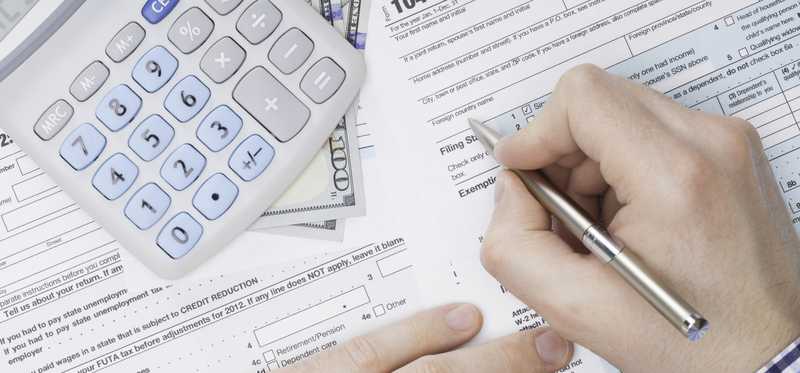
Double- and triple-check your return before submitting
This isn’t as much of a money-saver as it is a way to
prevent future headaches (and possibly avoid penalties). Electronic filing has
greatly reduced the number of errors on tax returns, but they still happen.
For example, if you’re claiming a $2,500 mortgage interest deduction, it’s easy enough to accidentally type an extra zero. Or, it’s rather common to incorrectly enter the Social Security number of a dependent, which can be a pretty quick way to set off red flags at the IRS.
And perhaps most importantly, be sure you enter your bank account information correctly if you’re having your refund directly deposited. If your refund is accidentally deposited into someone else’s bank account, the IRS will not intervene on your behalf, and you can find yourself in an uphill battle to try and recover your money.
Previous
Next
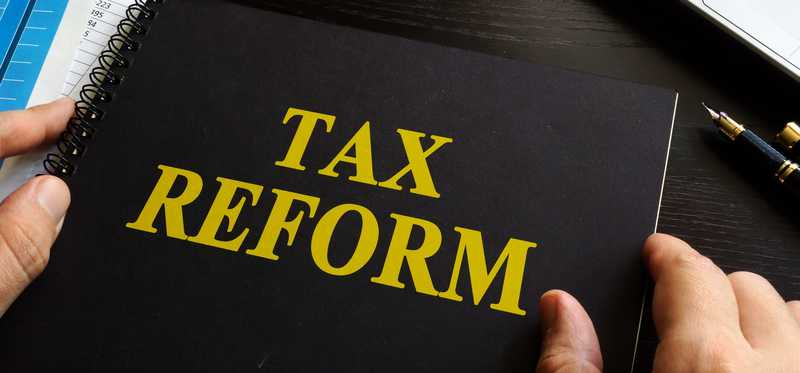
Decide if itemizing is worthwhile anymore
This is one area where looking at your 2017 return can come
in handy.
The Tax Cuts and Jobs Act nearly doubled the standard deduction for the 2018 tax year. As a result, itemizing deductions will no longer be worth it for millions of people. As a general rule, if you haven’t itemized in the past, you won’t do it now, unless your income or deduction situation has dramatically changed.
If you typically itemize deductions, however, you may be able to determine whether itemizing will be worth it for you.
Consider this example. Let’s say that you’re a married couple and that you had about $15,000 in itemizable deductions in 2017. Itemizing was worth it for you, since the standard deduction at the time was $12,600. For 2018, the standard deduction is $24,000, so it’s probably not worth itemizing (again, unless your situation changed dramatically).
Previous
Next

Know the above-the-line deductions
One common misconception is that tax deductions are an all-or-nothing decision. In other words, many people believe that you either itemize or take no deductions at all.
This is false. There are several tax deductions, known as “above-the-line" deductions or adjustments to income, that you can use regardless of whether you itemize. The traditional IRA deduction I mentioned earlier is in this category. The student loan interest deduction and educator expenses deduction are also usable even if you don’t itemize.
Previous
Next

Contribute to your health savings account
In addition to being a great way to cover current medical expenses, a health savings account, or HSA can be an excellent long-term investment account. The short version is that HSA funds can be invested and carried over year after year, so they can be a great way to set aside money on a tax-advantaged basis in addition to your retirement savings.
HSAs enjoy a unique triple tax benefit. Qualified participants can contribute money to their HSA and take a tax deduction. Then, HSA funds can be invested and are allowed to grow on a tax-deferred basis. And if used for qualified medical expenses, HSA withdrawals are 100% tax-free, no matter how much profit your investments have made.
If you qualified for and were enrolled in an HSA in 2018 by having a high-deductible health plan, it could be a savvy tax move to contribute more before the tax deadline. If you had single health coverage in 2018, your contribution limit is $3,450, and if you had a family health plan, your limit is $6,900. This can not only be a smart way to cut your tax bill, but also helps plan for future medical costs.
ALSO READ: 2019 HSA Changes: Make the Most of Health Savings Accounts
Previous
Next
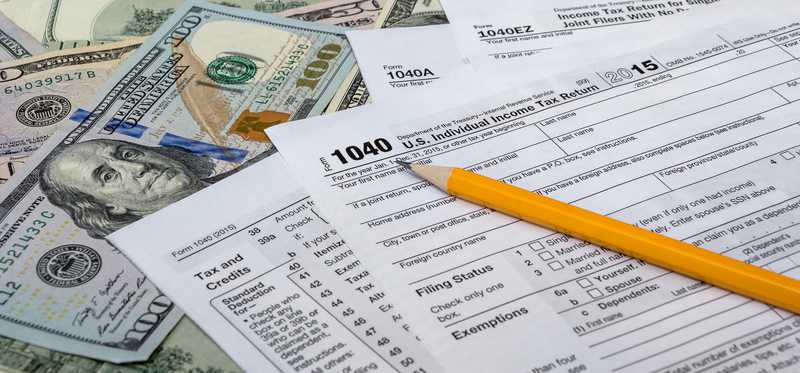
File even if you can’t pay
According to early reports, more people are finding out that they owe the IRS money than have in recent years as a result of the tax changes and revised withholding rules. If you find yourself in a situation where you owe the IRS more money than you can pay by the tax deadline, file your return anyway.
Here’s why. The IRS penalty for failure to file is 10 times worse than the penalty for non-payment. If you owe the IRS money, you’ll be assessed a penalty of 0.5% of the unpaid balance per month or partial month. For failure to file, the monthly penalty jumps to 5% of the amount owed.
So even if you can’t pay, it’s important to file your tax return (or file an extension) by the tax deadline. Send the IRS whatever you can afford to pay, even if it’s not your entire tax bill. Despite its reputation, the IRS is great about working with taxpayers who are trying to pay their taxes.
Previous
Next

Set up an installment plan if you owe a lot
On that note, many people don’t realize that the IRS offers installment plans for people who owe more than they can pay. These are extremely easy to set up -- just a short form -- and can allow you to spread your unpaid tax bill over a period of as long as 72 months.
To be clear, you’ll still pay interest on any unpaid balance, but it’s a pretty easy way to handle a tax bill that’s higher than you were expecting.
Previous
Next
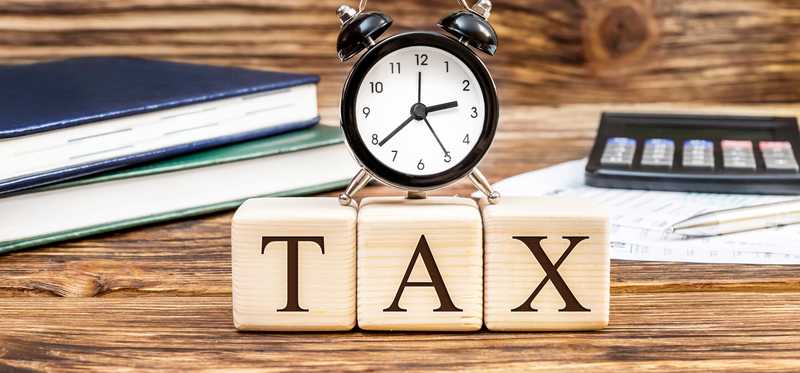
File for free if you’re eligible
If your income was under $66,000 in 2018, you may be eligible to use IRS Free File to file your taxes for free. The IRS partners with several reputable tax preparation software providers to offer completely free tax software for low- to moderate-income Americans.
Previous
Next

Give yourself more time if necessary
If you aren’t quite ready to file your taxes by the deadline, you can request a six-month extension. While this is technically a “request,” in practice extensions are automatically granted to taxpayers who ask for them before April 15. Requesting an extension is rather easy -- just a quick IRS form that many tax-prep software providers allow you to file electronically.
It’s important to mention that an extension gives you more time to file, not to pay any taxes you owe. Even if you request an extension, any taxes you owe are still due on April 15, or you could be subject to interest and penalties.
ALSO READ: Read This Before Asking for a Tax Extension This Year
Previous
Next

Learn from anything you did wrong in 2018
The 2018 tax year is the first one with the Tax Cuts and Jobs Act’s changes in place, so it’s going to be a learning experience for many Americans. One of the smartest things you can do is to identify potential areas for improvement and make appropriate adjustments.
If not enough tax was withheld from your paychecks this year, consider asking your payroll department to increase your withholdings. If you didn’t contribute as much as you would have liked to your 401(k), go ahead and increase your contribution rate now. In short, if there’s something you could have done better in 2018, learn from the experience and set yourself up for success in 2019 and future years.
Previous
Next

Tax planning should be a year-round process
As a final tip, start thinking about your 2019 taxes now,
even though your 2019 return isn’t due until April 2020. It’s far easier to
lower your tax bill if you’re thinking about tax strategies on a regular basis
during the year, as opposed to just at the end of the year and when it comes
time to file your return.
The Motley Fool has a disclosure policy.
Previous
Next
Invest Smarter with The Motley Fool
Join Over Half a Million Premium Members Receiving…
- New Stock Picks Each Month
- Detailed Analysis of Companies
- Model Portfolios
- Live Streaming During Market Hours
- And Much More
READ MORE
HOW THE MOTLEY FOOL CAN HELP YOU
-
Premium Investing Guidance
Market beating stocks from our award-winning service
-
The Daily Upside Newsletter
Investment news and high-quality insights delivered straight to your inbox
-
Get Started Investing
You can do it. Successful investing in just a few steps
-
Win at Retirement
Secrets and strategies for the post-work life you want.
-
Find a Broker
Find the right brokerage account for you.
-
Listen to our Podcasts
Hear our experts take on stocks, the market, and how to invest.
Premium Investing Services
Invest better with The Motley Fool. Get stock recommendations, portfolio guidance, and more from The Motley Fool's premium services.